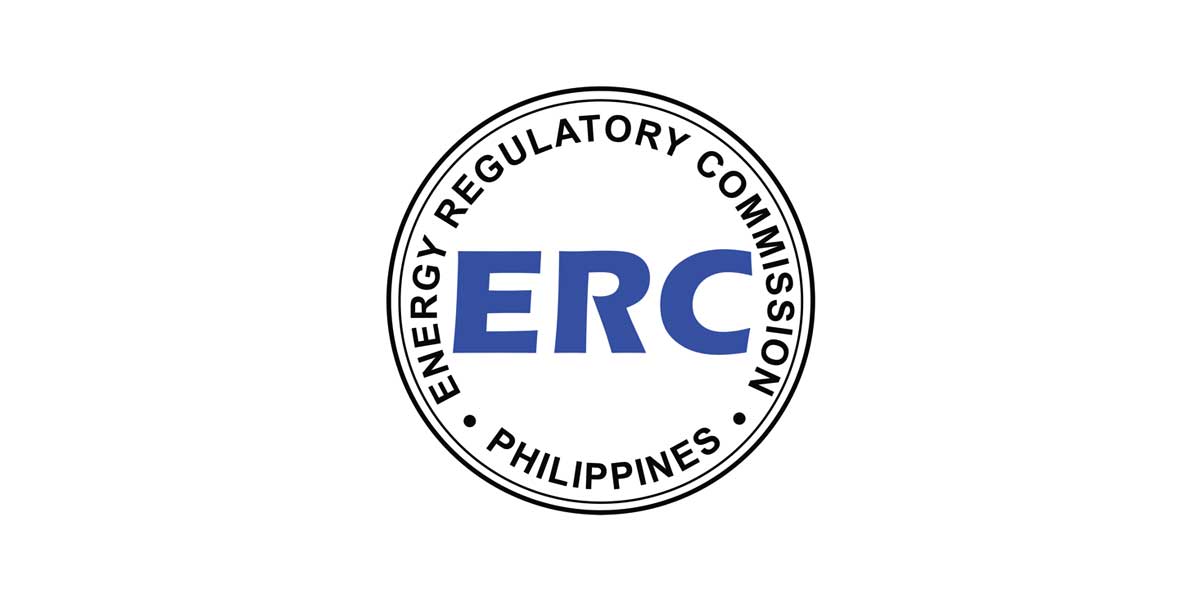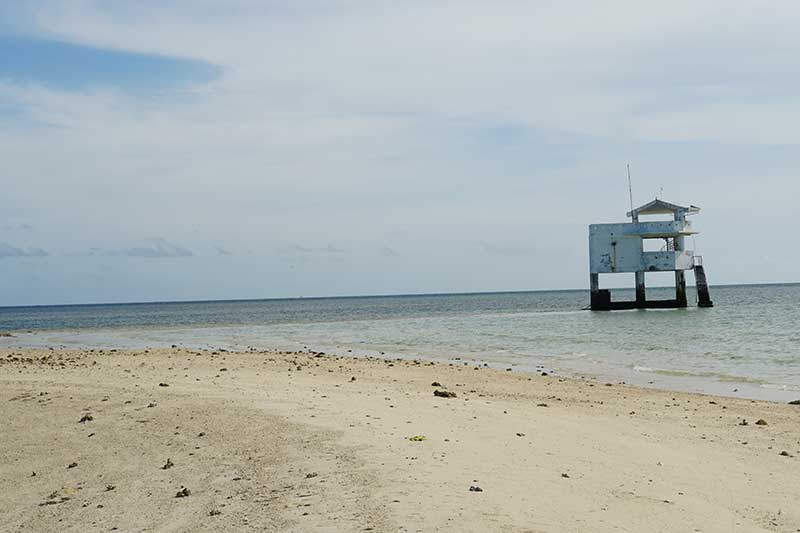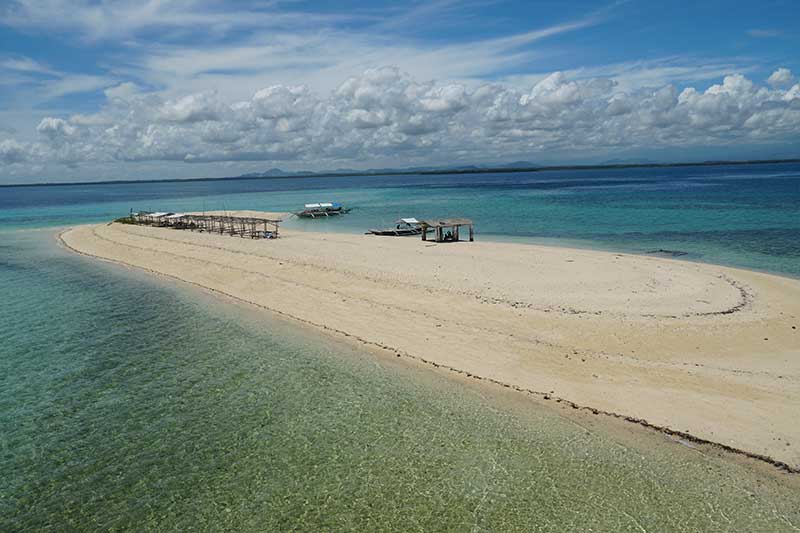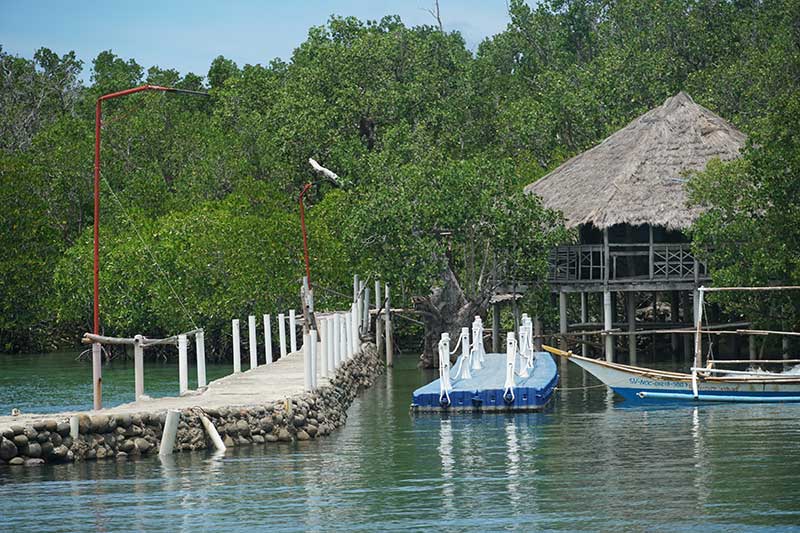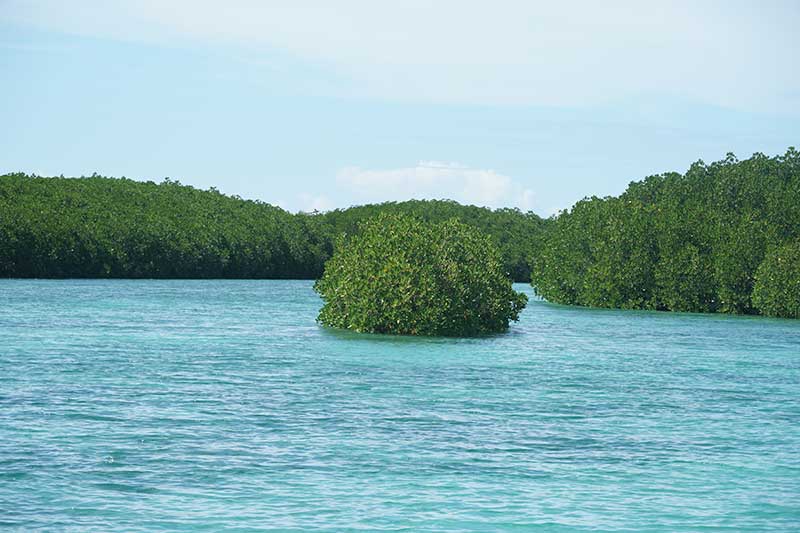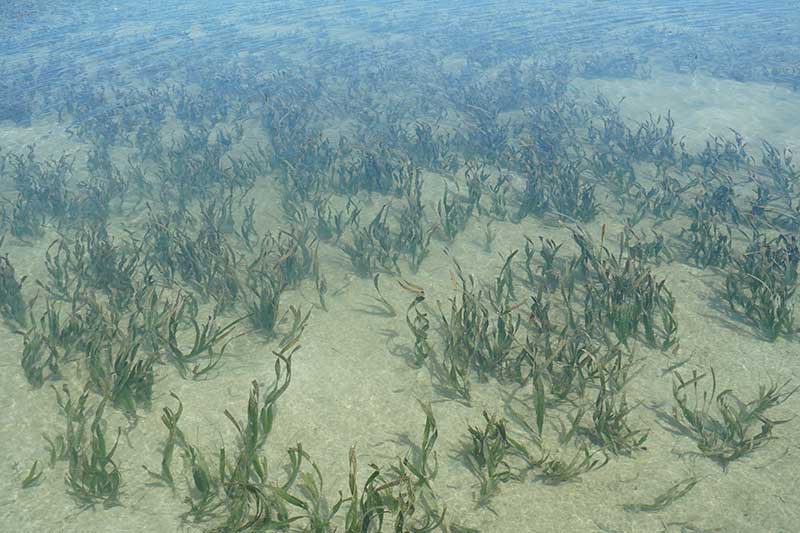Located in the northernmost tip of Negros Occidental lies the well-preserved 32,000 hectares of lush marine resources.
Sagay City is one of the major fishing coastal communities in Negros Occidental. But with man’s destructive activities to its natural resources, Sagay’s marine ecosystem have a massive loss of its coral reefs and other marine habitats and resources.
DENR, LGU Combination
In 1995, the issuance of Presidential Proclamation No. 592 declaring approximately 32,000 hectares of Sagay’s territorial water as protected seascape under the National Integrated Protected Areas System (NIPAS) Act was a major milestone for fishing communities to further protect and manage the marine resources found within the Reserve.
It is being managed by a Protected Area Management Board (PAMB).
Now, the Department of Environment and Natural Resources (DENR) together with the Local Government of Sagay City are working hand in hand to further protect the Sagay Marine Reserve from further damages brought by the illegal activities.
Blue Waters and White Sands: The Reefs of SMR
There are three reefs found in Sagay Marine Reserve and all of it has a designated watch tower which restricted fisherfolks from doing irresponsible fishing and to monitor the activities in SMR by the Bantay Dagat within their vicinity.
One of these is the Macahulom Reef, about 1,000 hectares and the farthest among the reefs that is not open for tourists. Large areas of seagrasses are found exclusively on the southern part of the Reef. Other marine ecosystems are composed of giant clams, sea cucumbers, other echinoderms, spider conch, helmet shells, volute shells, abalone, top shells, pearl oysters and other mollusks.
Another reef is the Carbin Reef. This 200-hectare marine sanctuary with a strip of white sand bar is the first to be established as fish sanctuary in the 1908s.
Its coral community is patchy but is relatively wide; you can dive in to see a huge number of corals along with fishes swimming beside you. It is home of two species of marine turtles –Hawksbill and Green sea turtles, giant clams, sea cucumbers, and other echinoderms, spider conch, helmet shells, volute shells, abalone, top shell, pearl oyster and other mollusks
Unlike Macahulom Reef, Carbin Reef is open for public, but due to the pandemic the reef was also closed subject for reopening if approved by the LGU.
The last reef is the Panal Reef, about 200-hectares and has an extensive coral cover, with the best condition of all the Reefs within SMR. Dense seagrasses are found in the eastern side of the sand cay, forming a strip of about 50-100 meters wide and almost a kilometer long.
A high percentage of live corals are found in the northern part of the reef. Massive, submassive, and encrusting corals dominate the deeper portions while branching and tabulate forms occupy the shallower (3m) area.
Green and Blue: The Mangrove and Seagrass
Aside from the Reefs, the SMR also offers lush green mangroves and seagrasses in the islands of Molocaboc Daku, Molocaboc Diot, Matabas and Suyac.
Mangroves and seagrasses provide ideal breeding grounds for much of the world’s fish, shrimp, crabs, and other shellfish. Mangroves also provide buffer zone that protects the land from wind and wave damages.
The lush green mangroves in Molocaboc Island shielded the communities against the wrath of the typhoons. The planting of mangroves started in 1970s with communities of this fishing village and later with visiting Japanese representing OISCA-Japan and Toyota “Tomei” Lions Club and other stakeholders.
The Suyac Island also holds a huge number of mangroves. This mangrove forest has good standing of century old mangroves dominantly Sonneratia alba known to the island folks as “Pagatpat.” The Suyac Island Mangrove Eco-Park is the first fully community-based ecotourism destination in Sagay Marine Reserve. It has a boardwalk where tourists can have their mangrove-bathing and a small hut as a resting place too. Sadly, because of the pandemic and recent Typhoon Odette, these structures were damaged and closed for public.
Protect Sagay Marine Reserve
Sagay Marine Reserve is now recognized nationally and internationally as one of the most successful marine conservation programs in the Philippines.
The DENR is encouraging the public to be actively involved in preservation, conservation and management of our natural resources, because it is not just the job of one or two organizations but of the majority. Protect the green, protect the blue, protect the combination. Our lives will stay colorful and alive that way. (DENR-6)





